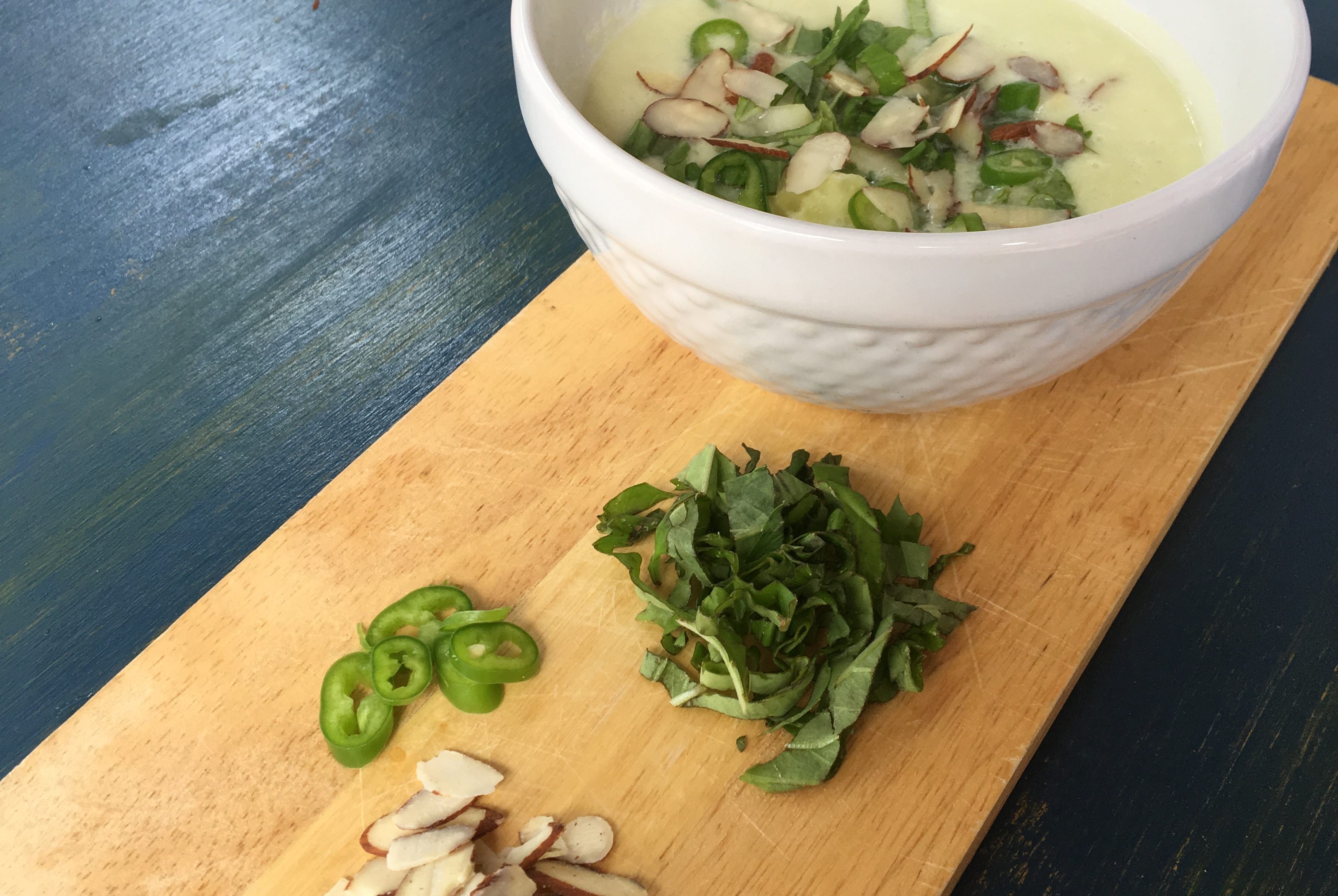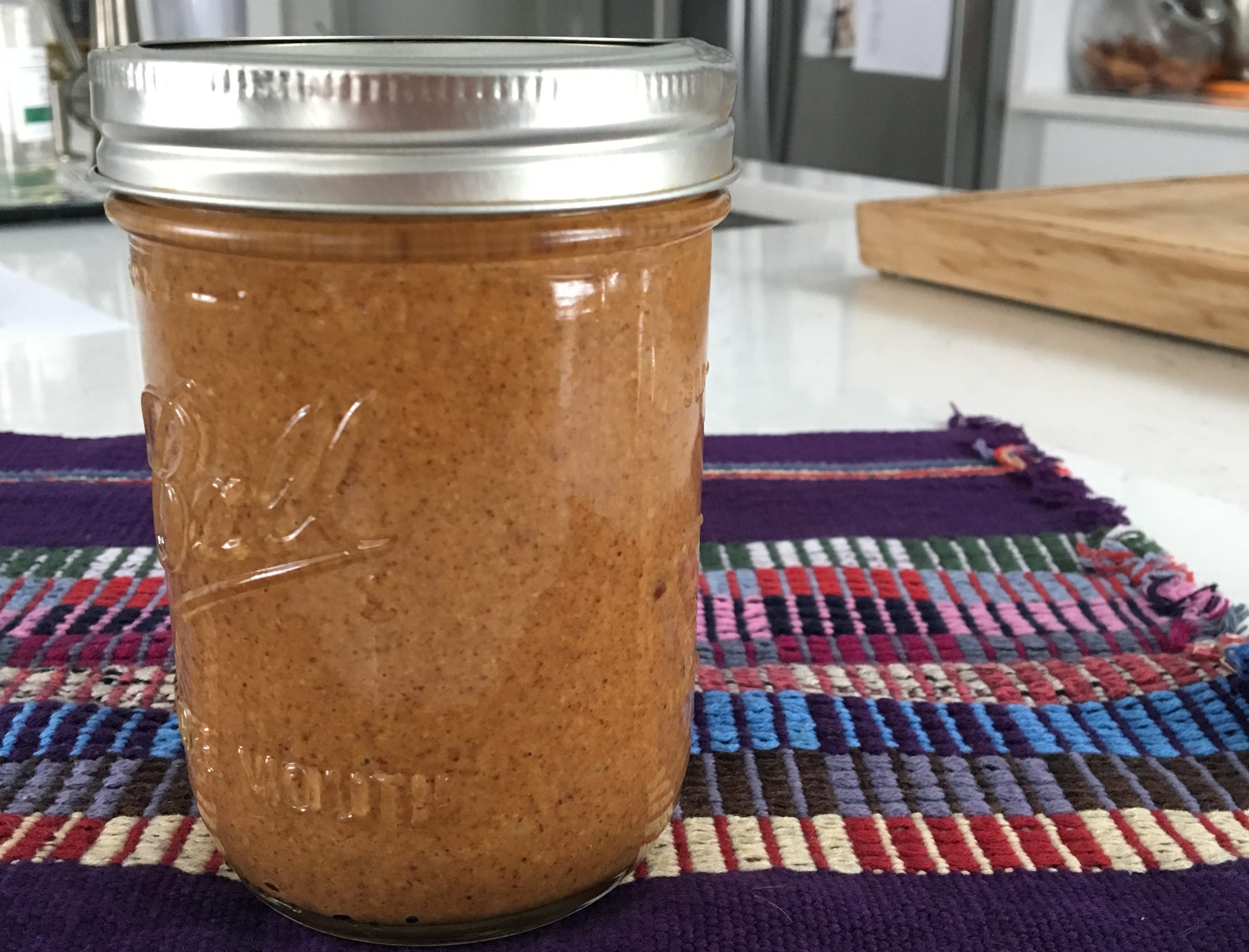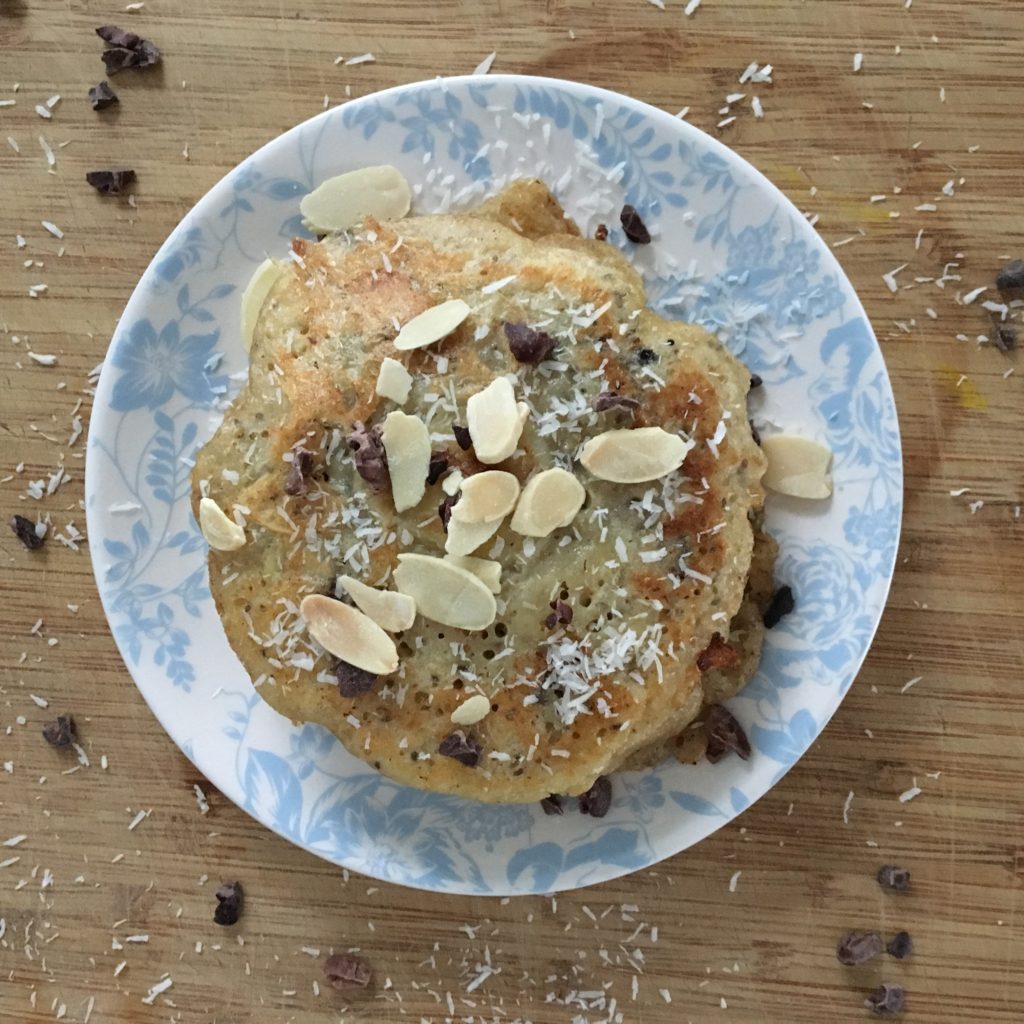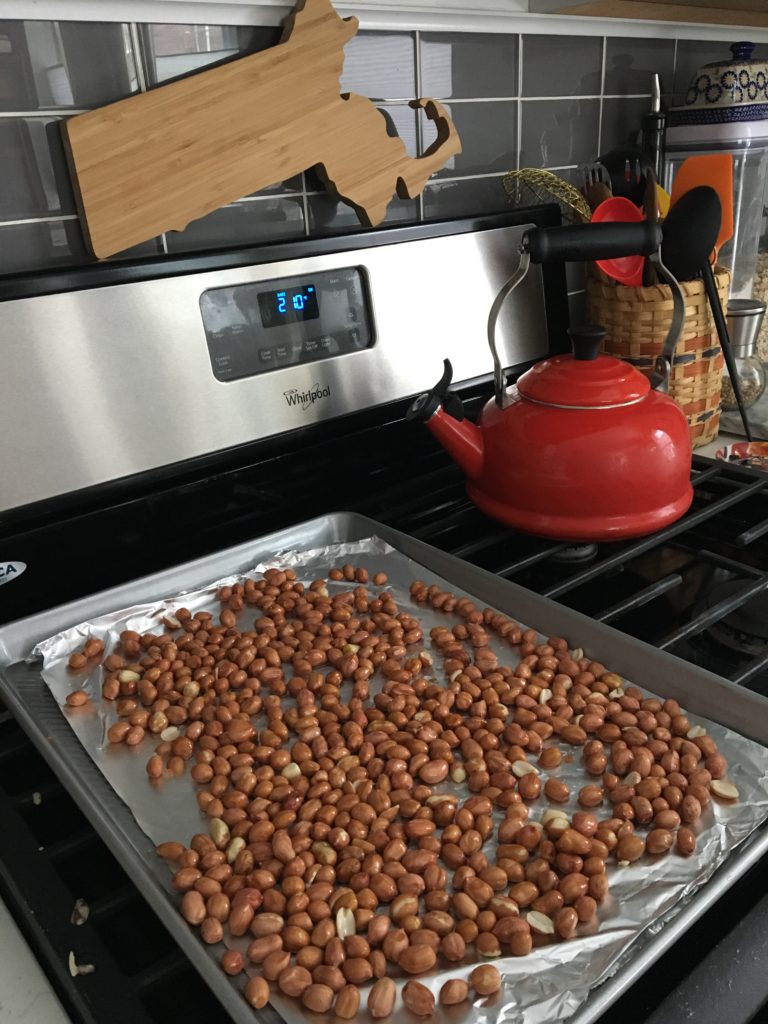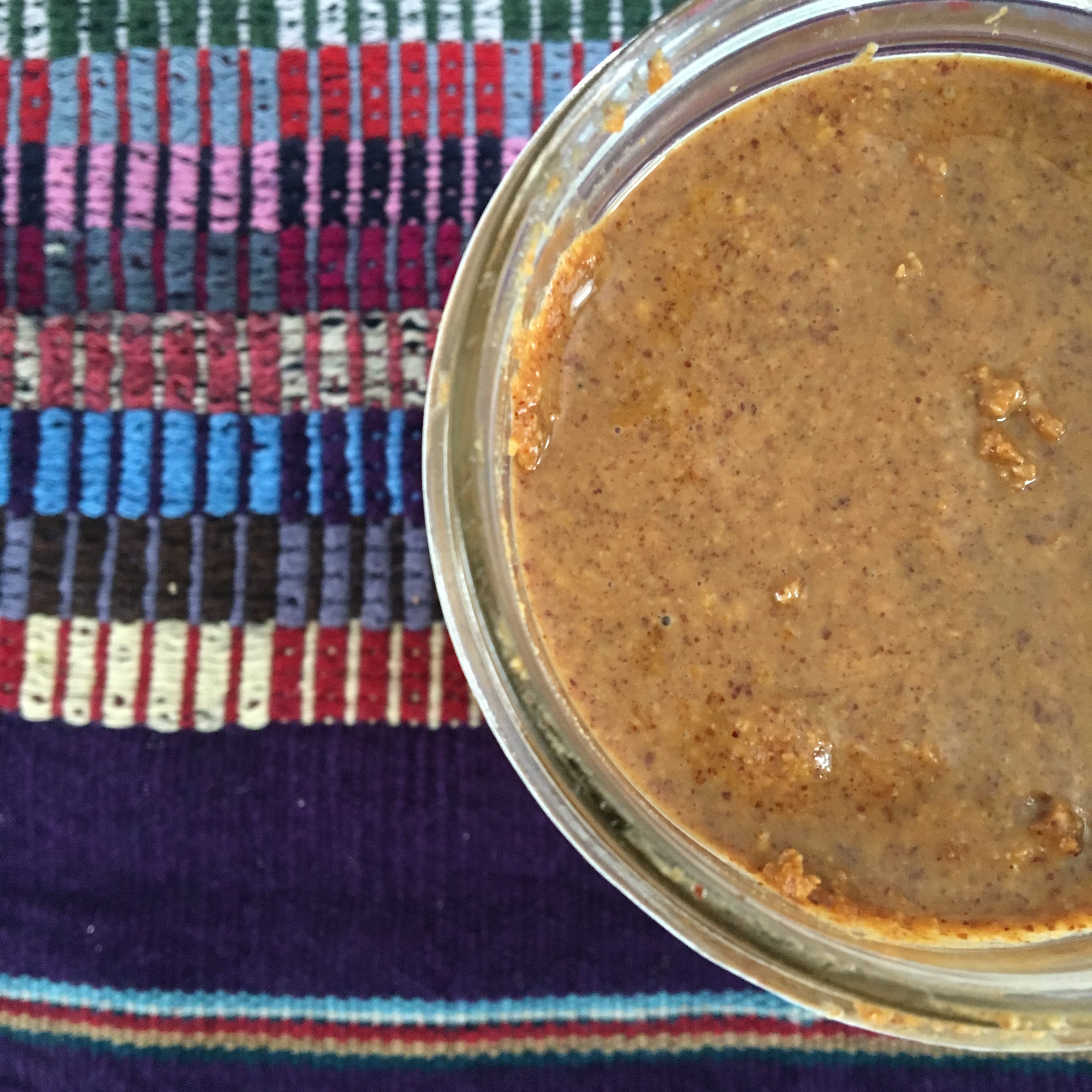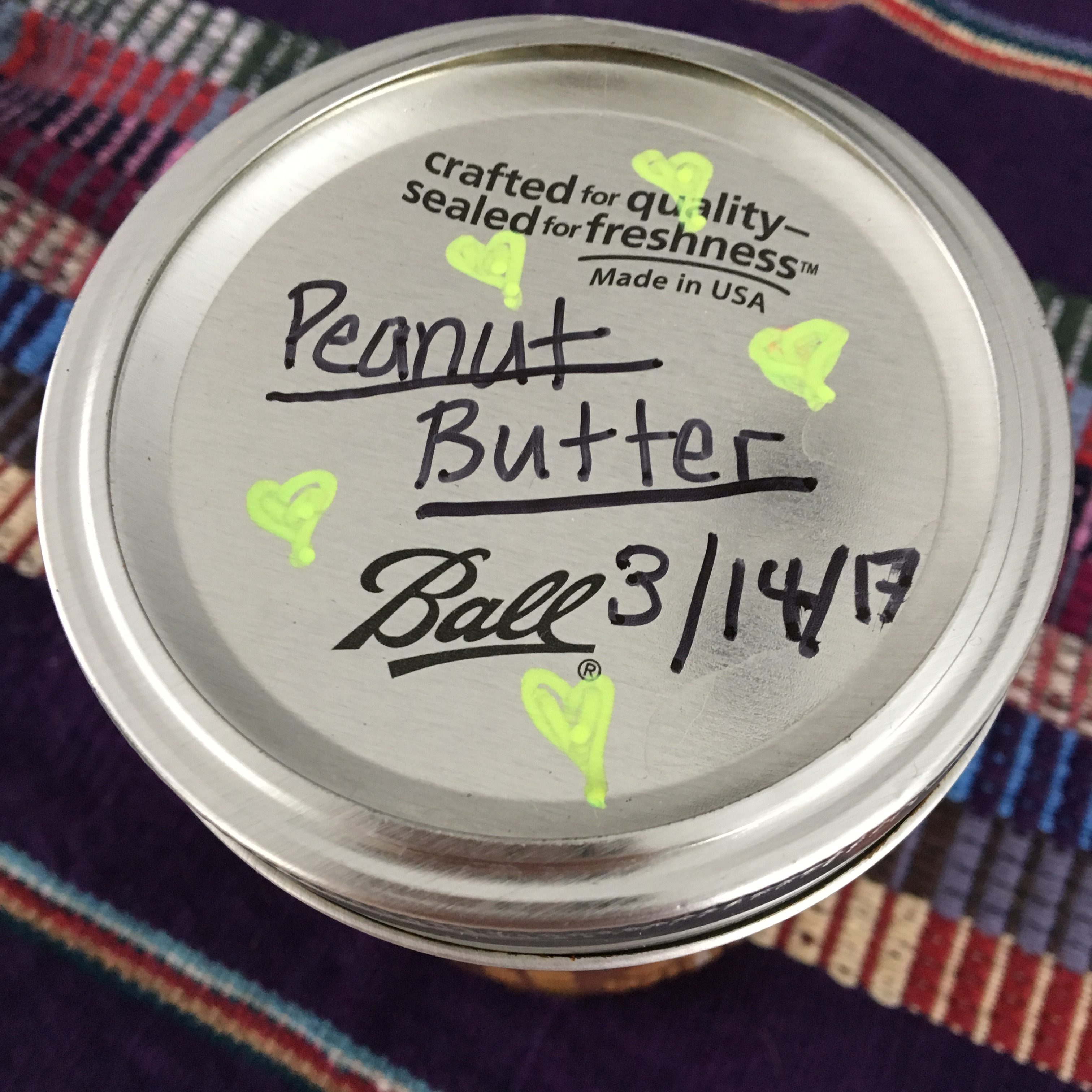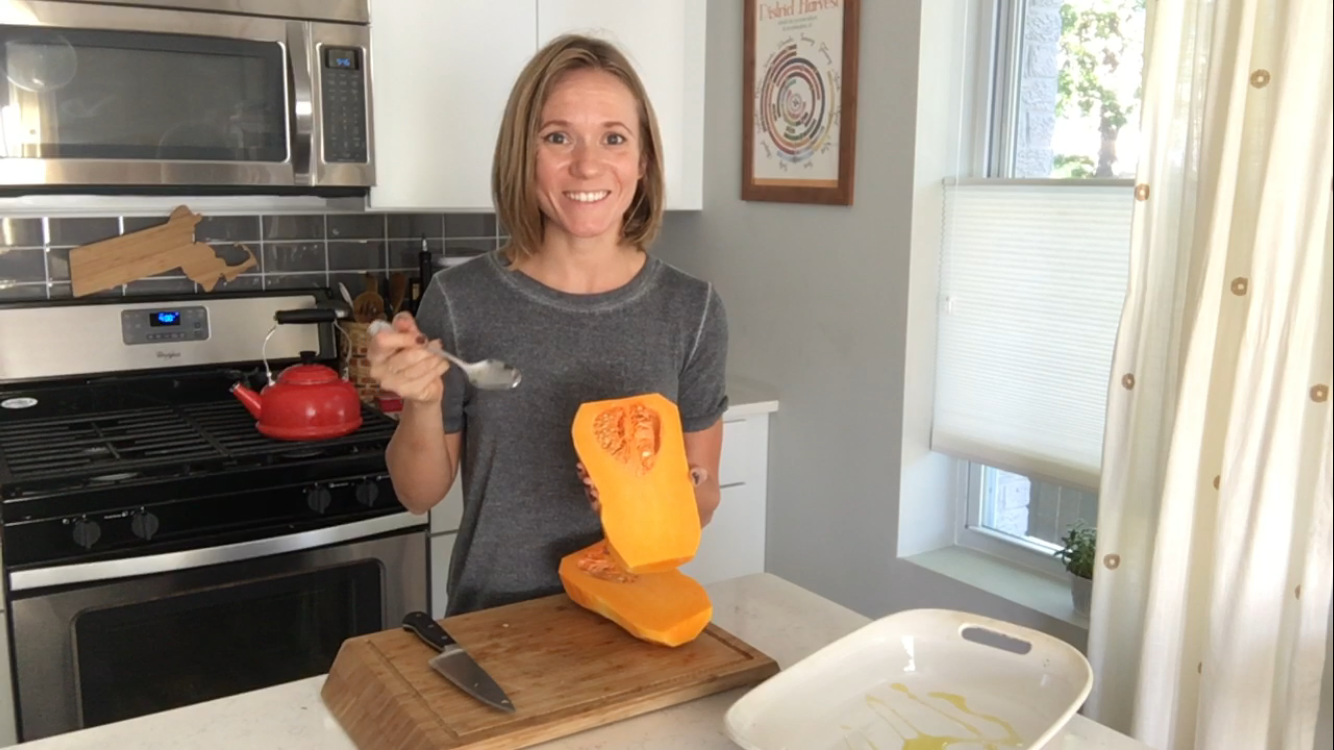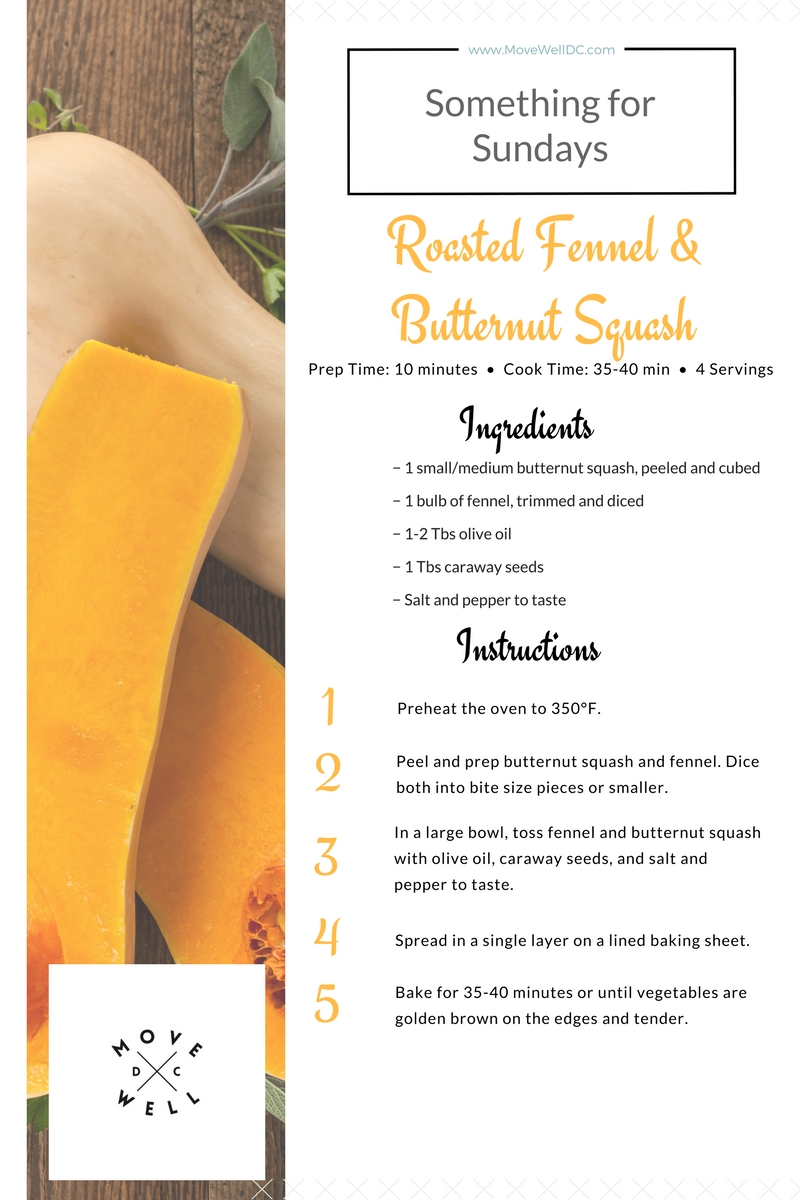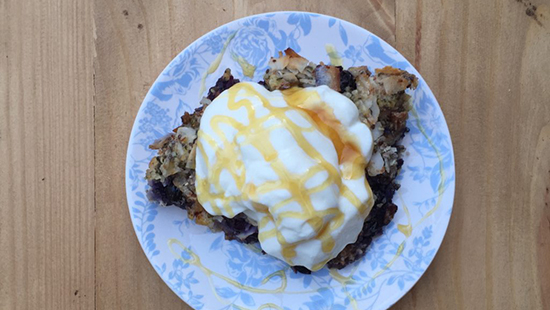You know those times when you think you’re eating something really healthy and then you realize there’s all kinds of hidden food bombs lurking within? Gazpacho might just be one of those great deceivers. It is for me!
Every time I eat a light, delicious gazpacho I forget that most of the time they contain stale bread as a thickening agent. The horror! Now, I’m not gluten-free – in fact I make my own sourdough bread every other week and eat the darn stuff daily – but I don’t like feeling duped by my soup.
In light of this sense of gastronomic justice, I experimented with using Kohlrabi – German for “cabbage turnip” – as a thickening agent…and it worked!
Kohlrabi is not a root vegetable but in fact a member of the brassica family – along with brussels sprouts, broccoli and cauliflower. It grows above ground and is loaded with minerals like copper, potassium, manganese, iron, and calcium, as well as vitamins, such as vitamin C, B-complex vitamins, vitamin A, and vitamin K. It’s flavor is – in my opinion – unremarkable. So, dress it up in cucumber and spice and let’s call it a day!
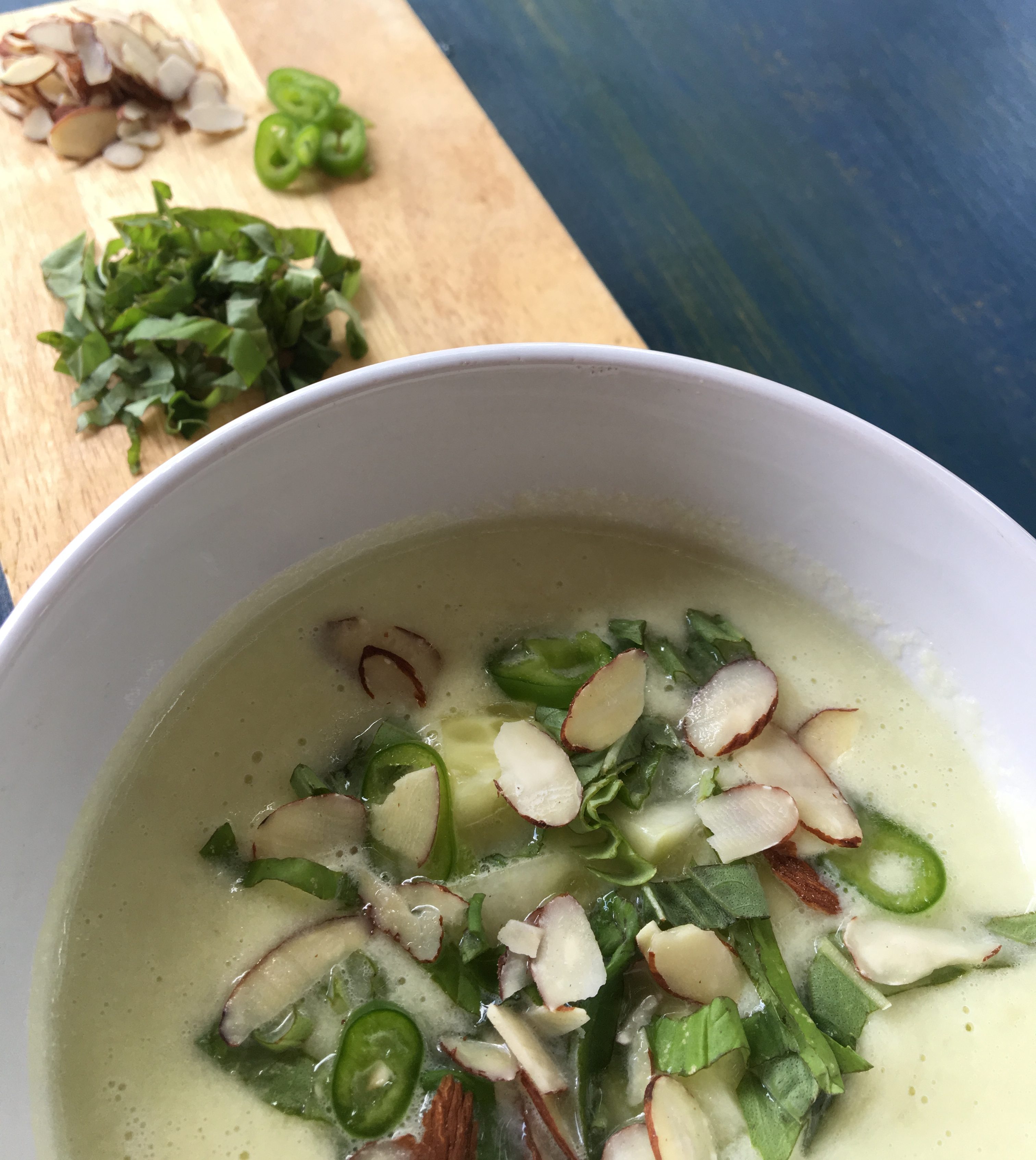
Spicy Cucumber Kohlrabi Gazpacho
{Makes 4 servings.}
Ingredients:
- 1 bulb of kohlrabi
- 2 large organic cucumbers
- 1 1/2 cups unsweetened plain almond milk
- 1 serrano chile
- 1 Tbs champagne vinegar (or rice vinegar)
- 1/4 cup good olive oil
- Juice of 2 limes (plus the zest of 1)
- 1 large clove of garlic
- Sea salt and pepper to taste
- 1/2 cup toasted slivered almonds (for garnish)
- 1/2 cup basil (for garnish)
Directions:
- PREP: Trim, peel and roughly chop the kohlrabi and cucumbers. Set aside a half a cup of the cucumbers and chop that portion into small cubes. Seed and halve the serrano. Set aside one half and slice thinly for garnish later. Peel the garlic. Cut the basil into small ribbons and set aside for garnish later.
- ASSEMBLE: Place all ingredients except the slivered almonds and cucumber, serrano and basil you have set asside for garnish in a high-speed blender. Purée until smooth (note: if you have an older blender you may need to strain the gazpacho with a skimmer or mesh bag to eliminate inconsistencies in texture).
- SET: Pour into an airtight container and refrigerate for at least an hour (or up to overnight!) before serve to allow the flavors to meld (note: it will get spicier with time).
- SERVE: Place 2 Tbs of cubed cucumber in each bowl and ladle gazpacho on top. Garnish with 2 Tbs of basil ribbons, 2 Tbs of slivered almonds and serrano slices to taste. Drizzle a little extra olive oil and dust with freshly ground black pepper for even more taste impact.


